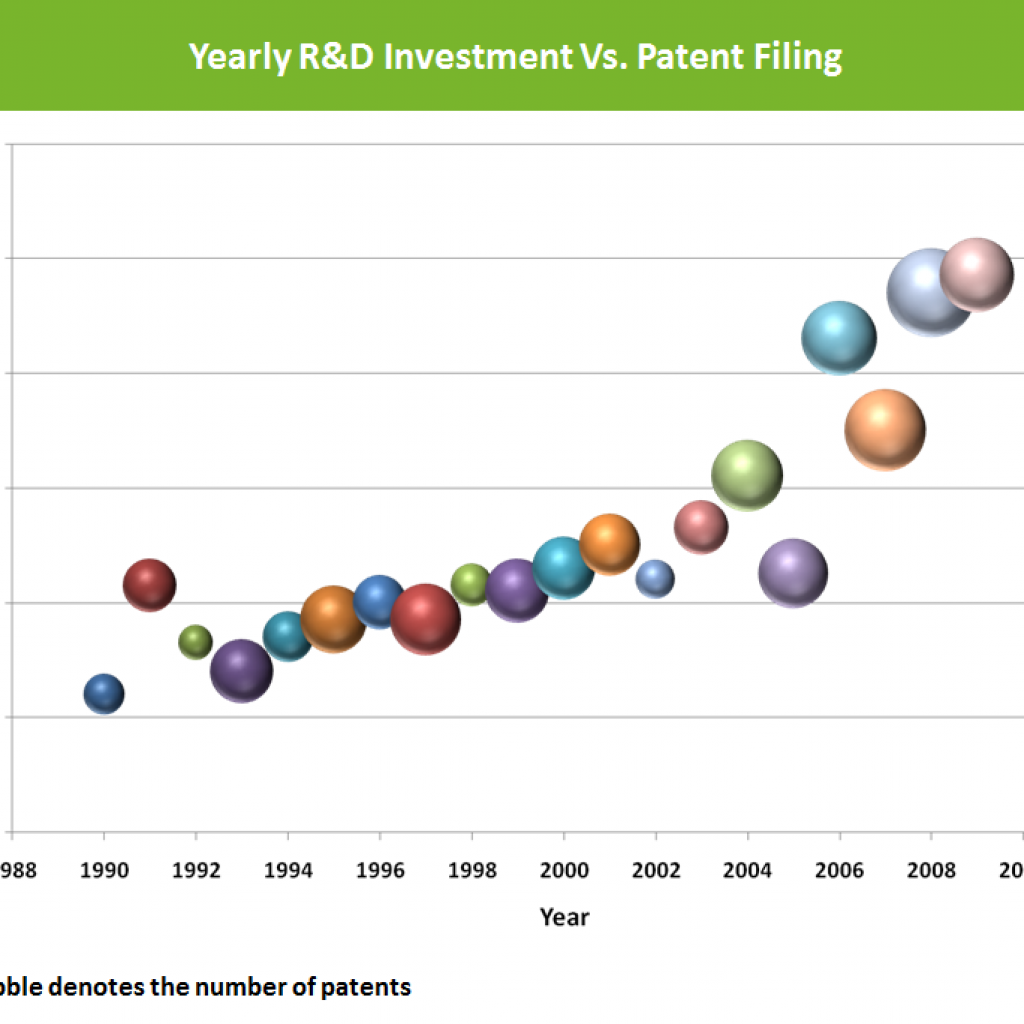In the realm of innovation and technological advancement, patents often take center stage as valuable sources of information. However, even the most comprehensive patent databases can sometimes leave researchers empty-handed when seeking specific details or elusive solutions to their queries. This is where the non-patent literature (NPL) enters the stage.
The power of non-patent literature (NPL) becomes evident through various real-life scenarios. In one instance, we successfully invalidated a patent on an NFC scanner by exploring the processor’s datasheets. As a result, we stumbled upon a valuable find—an internal I/O circuit description that precisely matched the tri-state logic required by the patent.
Similarly, during a patent infringement search for a wifi router, we went beyond the realm of patent literature and delved into the FCC database. This strategic move led us to uncover the product’s user manual. The manual provided sufficient information to evaluate the potential overlap between the product and the patent in question.
These cases highlight a common thread: The undeniable impact of Non-Patent Literature (NPL).
While patent literature offers a wealth of information, it merely scratches the surface of the immense knowledge base available. It is actually Non-Patent Literature that represents the unseen bulk of this iceberg.
Among the sources of information included in NPL are academic articles, books, industry reports, conference presentations, blog posts, product manuals, and technical standards. This large information set signifies its importance in various areas of IP.
If you’re unfamiliar with non-patent literature’s pivotal role in patent searches, you’re in the right place. This article promises to guide you through the ins and outs of NPL — the why and the how. Our journey through the world of NPL will shed light on its significance and demonstrate its undeniable value.
Let’s begin, shall we?
When do we need to look at Non-Patent Literature, and how do we do it?
To delve into the ‘when’ and ‘why’ of conducting a Non-Patent Literature (NPL) search, it’s essential to understand its significance through a real-world example.
The “Microsoft Corp. v. Proxyconn, Inc.” case rightly illustrates NPL’s vital role in patent litigation. Proxyconn, Inc. had two patents that Microsoft Corp. challenged as obvious, based on two pieces of the prior art, a patent and a technical article (NPL). Microsoft argued that the claim, relating to a system for increasing the speed of data access in a packet-switched network, was obvious in light of the combined teachings of a patent (U.S. Patent No. 6,757,717) and a non-patent literature reference (an article titled “WebExpress: A System for Optimizing Web Browsing in a Wireless Environment”).
The court found that while the NPL reference did not disclose all elements of the claim, it did suggest the disputed ‘717 patent claim. When taken in combination, the prior art rendered the claim obvious.
Since the patent involved was from a software field, NPL had to be explored. But why are we saying that?
Significant information is published in forms other than patents in many industries, particularly rapidly advancing fields like software or biotechnology. Therefore, for such scenarios, non-patent literature gives the background of the technology and products/journals available on the same. Based on the insights gained from such analysis, we develop an instinct on how the tech might be available in the real world.
Furthermore, our analysts turn to NPL to uncover more granular technical details, understand market trends, gauge public sentiment, and get a complete picture of an industry’s landscape. It can provide a competitive edge by revealing competitors’ strategies and predicting future trends. In essence, non-patent literature is an indispensable tool for analysts, enriching their understanding and enhancing the comprehensiveness of their research.
Well, the next question that follows is how to perform NPL searches. So, to facilitate the process of conducting comprehensive NPL searches, researchers and patent professionals can leverage a wide range of specialized databases specifically designed for this purpose. You can explore this topic more by reading our 46 Non-patent Literature Databases article for all your patent validity search needs.
Application Areas of Non-Patent Literature in IP
Various applications of NPL can be found in IP, including novelty searches, invalidity searches, competitive intelligence, etc.
Navigating the Waters of Novelty and Invalidity Searches
In prior art searches, whether a novelty or an invalidity search, the role of Non-Patent Literature is non-negotiable. NPL often captures the pulse of innovation before patents do, given the lengthy duration (12-24 months) from patent filing to publication.
Therefore, it’s an invaluable resource in any prior art search, especially when significant investments and potential risks are on the line. It provides a broader landscape of technological development, helping to mitigate the risk of investing in inventions that might not secure patent protection.
The analysis of technology trends and your competitors: The NPL Advantage
Turning our attention to competitive intelligence, NPL is an untapped wellspring of insights. A few key activities where NPL can play a significant role are:
Find Collaborators to enter the market before others do
NPL can act as a compass, pointing towards potential partners for open innovation or licensing. It helps identify entities actively working in the same technology space, enabling strategic partnerships to fast-track technological development and achieve market entry ahead of the competition.
Quickly analyze the technological problems and solutions
Patents and NPLs can be combined to shorten the innovation cycle from conception to commercialization since patents only become public after filing. Moreover, universities only patent a part of their research, so NPL provides a comprehensive view of the technological landscape and is essential for properly analyzing problems and solutions.
Spot research-aligned opportunities
In combination with patents, NPL is a gold mine for discovering hidden technologies and applications. It allows you to identify opportunities aligned with your research and result in novel combinations.
Conclusion
While NPL holds the advantage of the expansive and varied data pool, it often becomes its biggest challenge. Figuring out where to start your search and how to zero in on the information you need can be a tough nut to crack.
This is where strategic planning comes into play, highlighting the most suitable sources and forming an effective exploration route.
You can explore our other articles on NPL search strategies here
For others who want GreyB’s expertise in teasing out the key insights using NPL searches
Authored by: Rutwik Avhad and Srivatsal Kumar, Prior-Art Team
Edited by: Annie Sharma, Editorial Team











